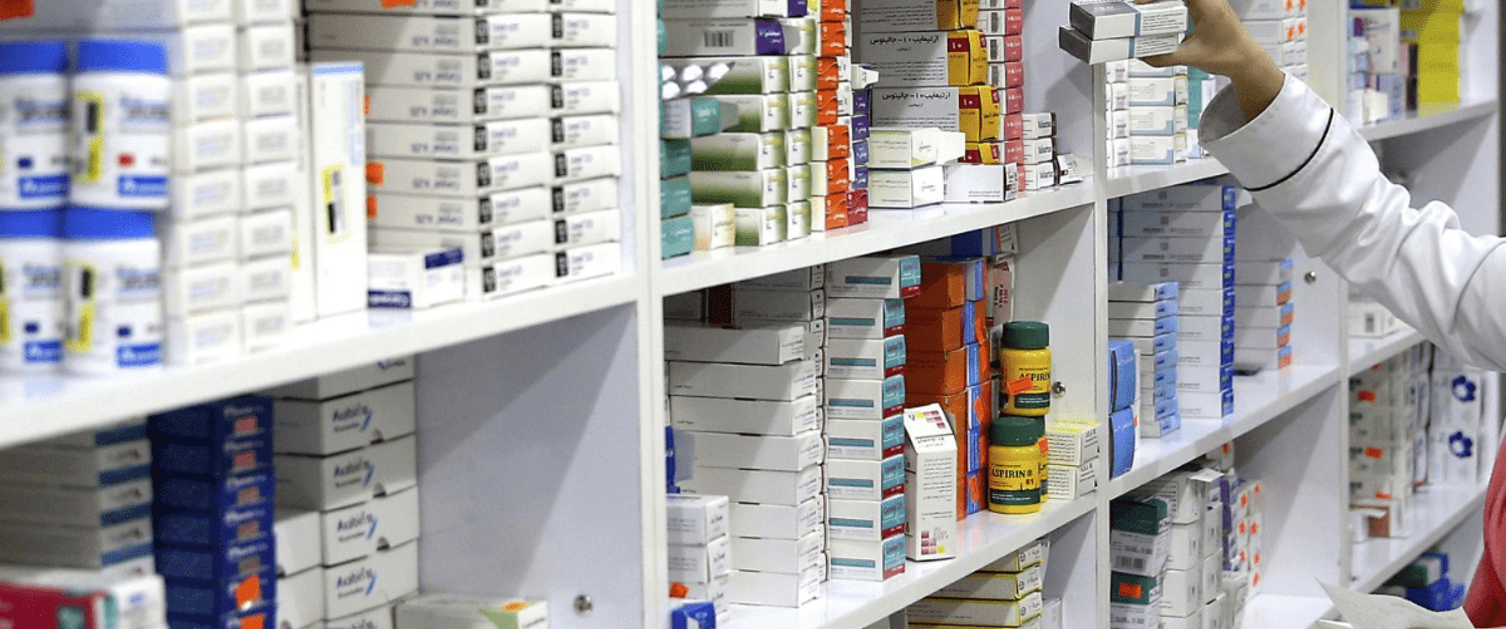Brands to Generics - Patient Information

Changes to your Prescription
Powys Teaching Health Board is working with your doctor’s surgery to review prescribing of expensive, branded medicines. It is important that all medicines prescribed are cost-effective and evidence based.
The health board has been asked to stop prescriptions for expensive, branded medicines and switch patients onto more cost-effective generic alternatives where available.
Brand names and generics
The names of medicines can often be confusing, as the same medicine can sometimes be called different things. Many medicines have two names:
-
the brand name – created by the pharmaceutical company that made the medicine
-
the generic name – the name of the active ingredient in the medicine
What are brand name medicines?
Many medicines also have one (or more) brand names. This is chosen by the company that makes it. Several companies may make the same generic medicine, each with their own brand name. The name is often chosen to be memorable for advertising, or to be easier to say or spell than the generic name. For example, paracetamol is a generic name. There are several companies that make this with brand names such as Panadol®, Calpol®, etc.
The brand name is usually written most clearly on any packaging. However, you will always see the generic name written somewhere on the packet (often in small print).
What are generic medicines?
Each medicine has an approved name called the generic name. A group of medicines that have similar actions often have similar-sounding generic names. For example, phenoxymethylpenicillin, ampicillin, amoxicillin and flucloxacillin are in one group of antibiotics.
In the UK there are strict quality controls before a medicine can be made available. Generic medicines go through the same detailed safety and quality requirements as the original branded product so you can be assured that both medicines have the same active ingredient and the same clinical effect.
Benefits of generic prescribing
Generic prescribing is generally preferred. This is because it:
Reduces Risk
Each drug has only one generic name, but may have many brand names; generic prescribing can reduce prescribing and dispensing errors as the same name is used when discussing and prescribing medicines.
Enables quicker medicine supply
If a medicine is prescribed by generic name, the pharmacist may dispense any suitable generic or branded product, which can reduce delays in supplying medicines to the patient. In primary care, if a medicine is prescribed by brand name, the pharmacist may dispense only the specified brand.
Offers value for money
It is usually more cost-effective to prescribe generically as the pharmacy is reimbursed at a set price, listed in the Drug Tariff. The money saved by prescribing non-branded medicines allows the NHS to use funds more effectively and can be used to fund a wider range of treatments for a greater number of people.
Increasing the level of generic prescribing in the UK has long been encouraged.
For further information on branded and generic medicines, see the below links:
Medicines information - NHS (www.nhs.uk)